Written by Bikemap’s Web Lead, Sebastian Schmid
There are trips you never forget. Tours that leave such a lasting impression that you find yourself thinking about them years later. For me, that was my crossing of the Alps from Munich to Venice by bike three years ago. Back then, I experienced unforgettable days full of sweat, joy, and mountain peaks with a good friend — and we both agreed: we’d do something like that again soon. But as life goes, work, daily routines, and appointments got in the way.
This year, it was finally going to happen. We set aside the first week of October and firmly decided to cross the Alps once again — this time by bike, from Munich to Lake Garda, via the Fern and Reschen passes.
Planning and Preparation
A few weeks beforehand, we sat down together to plan the route. Using the Bikemap route planner, we set Munich’s Nymphenburg Palace as a fitting meeting and starting point, and the northern shore of Lake Garda as our destination. Then we added checkpoints at the Fern Pass and Reschen Pass — and were immediately happy with the suggested route. When breaking it down into stages, we quickly realized that we’d realistically need six days for the roughly 500 kilometers: two flat stages of about 80 km each, two mountain pass crossings of around 60 km each, and two final downhill stages of about 100 km each.
That essentially wrapped up our “planning” — and it took barely ten minutes. I had actually intended to buy a new gravel bike and proper touring gear, but time ran out. So I stuck with my trusty budget bike from Lucky Bike and an improvised packing list made up of things I already owned:
- A small handlebar bag and a saddlebag that can be converted into a backpack (extremely useful!)
- Cycling underwear to prevent the worst chafing
- Light, long hiking pants
- Two quick-drying sports T-shirts
- Several pairs of socks (they’re small and light anyway)
- A fleece jacket and a rain jacket (layering principle)
- Gloves and a scarf for the cold morning hours
- Rain pants (to wear over your clothes) and rain covers for helmet, shoes, and bags
- Regular underwear for the evenings
- A power bank and cables
- A small tool kit and repair patches
- Two water bottles
- Plenty of energy, fruit, and muesli bars — and a pack of Kaminwurzen (smoked sausages)
- Toothbrush and toothpaste, sunscreen, and hand-washing detergent for clothes
- Helmet and cycling gloves
The day before departure, we spontaneously booked our first accommodation in Schongau, the destination of our first stage. Thanks to Bikemap’s new feature that lets you view accommodations directly on the map and add them to your route, that was done in just a few minutes. We deliberately decided to plan the remaining accommodations spontaneously — one day at a time, each evening before. This way, we could stay flexible and adjust according to how we felt and what the weather forecast looked like. After all, we hadn’t trained, and rain and frost were on the horizon.
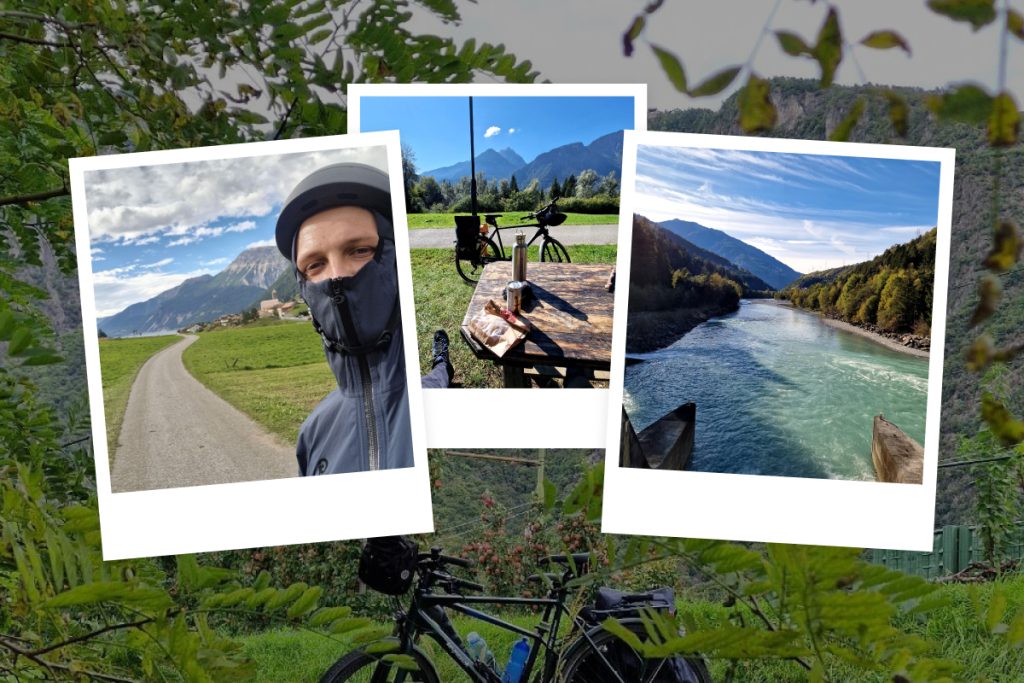
The Tour Begins
In the end, the tour went absolutely smoothly with dry weather, and we followed every stage almost exactly as we had planned. Even my bike — which I hadn’t fully trusted to handle the trip — didn’t let me down. We didn’t have a single breakdown, and even on the mountain passes, the lowest gear was enough for me, though a slightly smaller gear ratio would definitely have made things easier.
This way, we were able to enjoy the tour without stress: the changing landscapes and alpine panoramas, being exposed to the elements — from the icy morning fog to the bright midday sun — and that rewarding feeling after each climb, having steadily conquered hundreds of meters in elevation. In the evenings, we treated ourselves to good food at local restaurants, which tastes twice as good after all that effort and of which you can seemingly eat endless amounts.
Stages 1 & 2: From Western Munich into the Tyrolean Mountains
The first stage took us from the western part of Munich through gentle rolling hills, past Lake Ammersee, and on to Schongau. A relaxed start to the tour that left us eager for more.
On the second day, we set off in freezing cold, soon rode into dense fog, and were rewarded with a mystical view over the Lech Valley. Behind Füssen, the climb into the Tyrolean mountains began — mountains at last! — accompanied by quiet valleys and views of the Zugspitze.
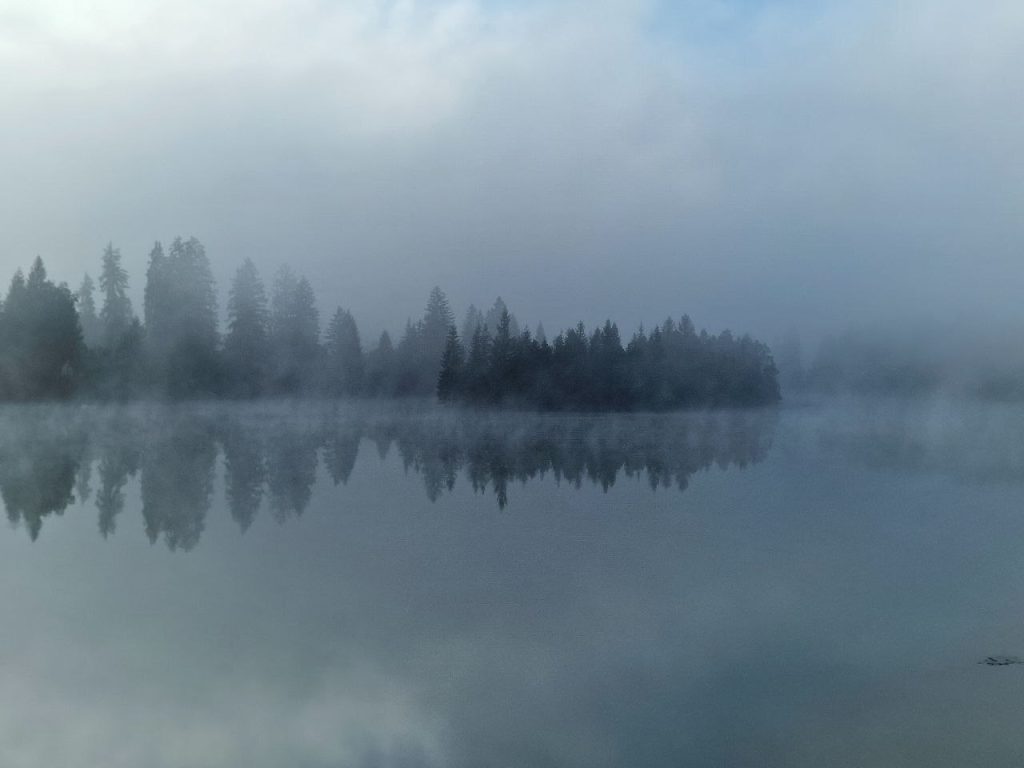
Stage 3: The Fern Pass
On the third day came the first big climb or more precisely, the final but much steeper stretch up to the Fern Pass. We had planned it strategically for the morning, so we started off fresh and motivated, and—spurred on by the cold in the shady sections—made it to the top fairly quickly.
We couldn’t just coast downhill afterwards, though, because the path there at times resembled more of a hiking trail, very narrow and sloping over rough rocks. After a lot of braking and pushing, we were finally able to glide all the way down to Imst, where we treated ourselves to a picnic. After that, we continued through the Inn Valley: first rather uneventfully along the motorway, then steeper but more varied until we reached Ried im Oberinntal.
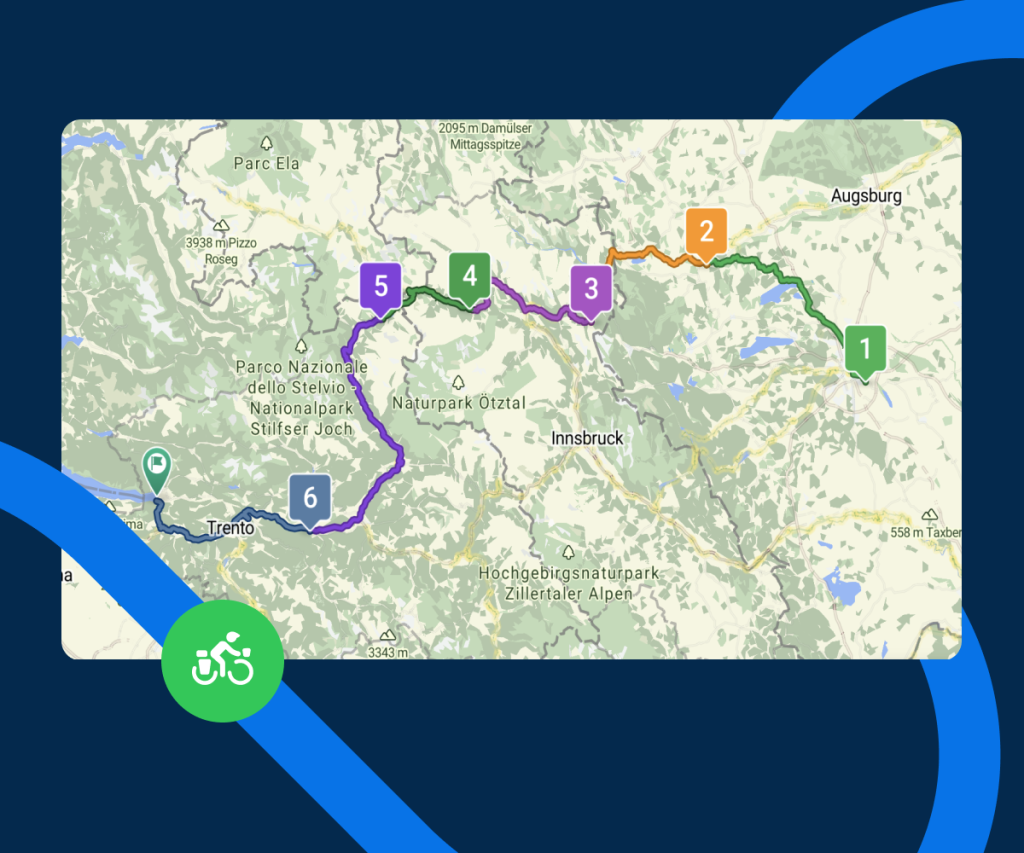
Stage 4: The Reschen Pass – The Highlight of the Tour
The fourth day was the highlight of the tour — quite literally. We rolled through the ever-narrowing Inn Valley up to the Swiss border, where the road to the Reschen Pass began. The climb was steady but pleasantly consistent, and we soon found our rhythm. Only the headwind on the final kilometers really pushed us to our limits.
The view of Lake Reschen and the thought of the long descent ahead, however, quickly made us forget all the effort.
Stages 5 & 6: Enjoying South Tyrol
The last two days were pure joy. South Tyrol showed itself from its best side: perfect cycling paths through the Vinschgau Valley, mild temperatures, apple orchards, vineyards, and a touch of Mediterranean charm. From Merano and Bolzano, we rode to Neumarkt before continuing along the Adige Valley through Trentino on the final stage — flat, fast, almost monotonous.
But when Lake Garda appeared beyond the last small pass and we caught sight of the shimmering water, all fatigue vanished. We rolled down into Torbole, where the destination of our six-day tour awaited us. Lake Garda lay before us at last, bathed in the evening sun, so peaceful and vast.
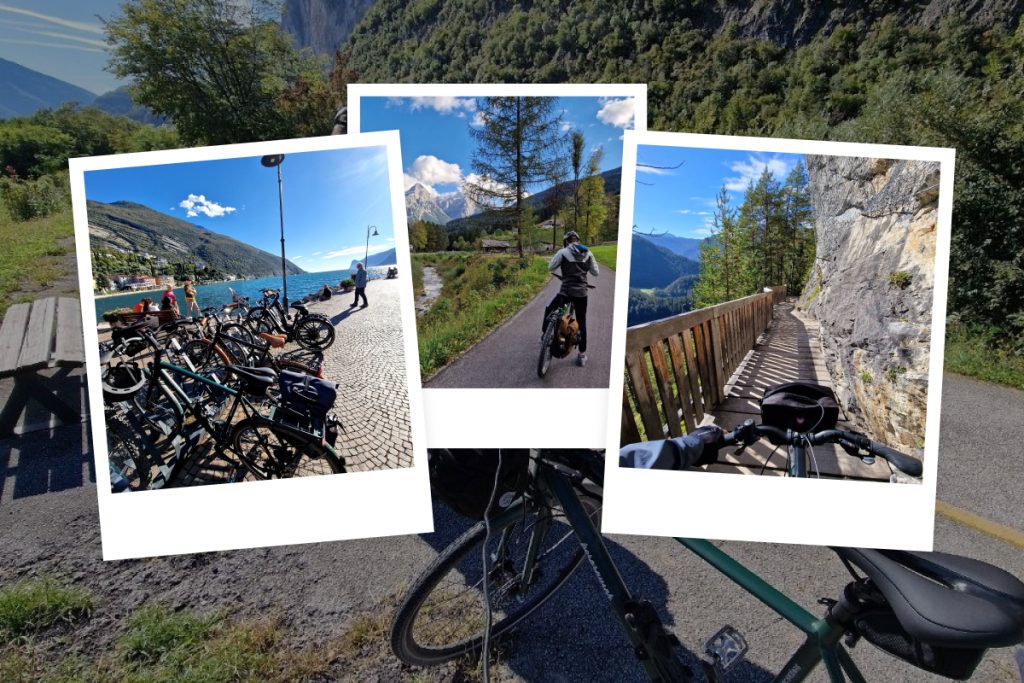
Return Journey and Conclusion
For the return journey, we had to tackle the last pass once more — this time in the opposite direction, back to Rovereto — since the railway line runs through the Adige Valley. As we watched the last few days of our tour roll by in reverse through the train window, we felt the same as we had three years ago: this wouldn’t be our last crossing of the Alps.
Maybe next time with a better bike, with more preparation — or maybe not. Crossing the Alps by bike is a small adventure every time, full of challenges, surprises, and moments of joy. You don’t need expensive equipment or perfect preparation — just a curiosity for the unknown, a bit of endurance, and the willingness to set off. The rest falls into place along the way.
If you want to read more about cycling across the Alps, check out our article A Ride Through History – Crossing the Alps and the Dolomites by Bike. There you’ll learn how another tour through the Dolomites went — featuring historic routes, landmarks, and breathtaking landscapes.
Did Sebastian’s trip inspire you? You can share your own story with us too — and get the chance to be featured in our Bike Stories! We can’t wait to read about your cycling adventures and share them with our amazing community!
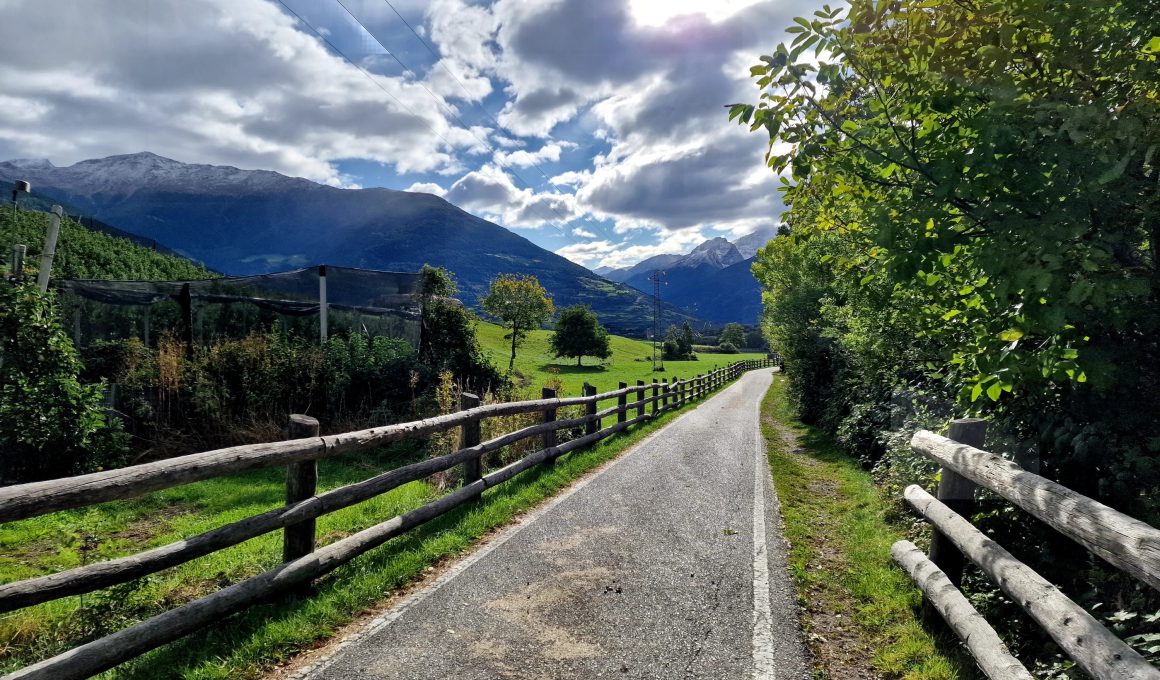
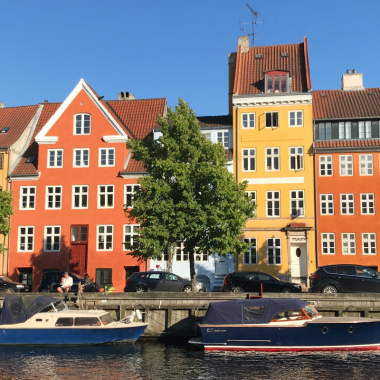
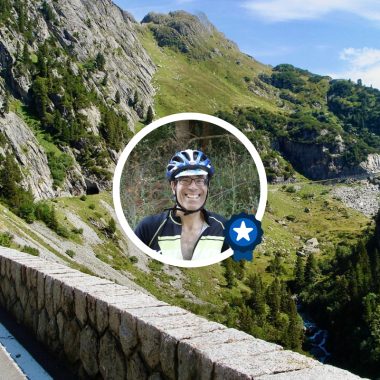
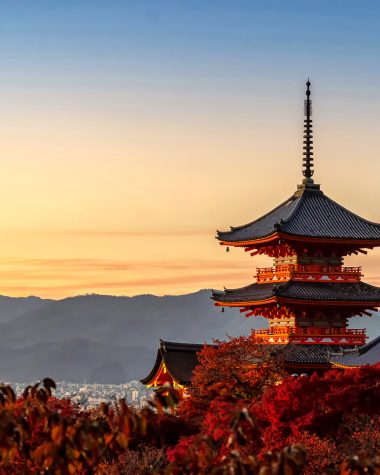
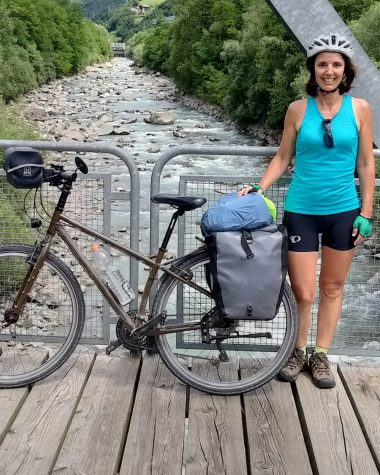
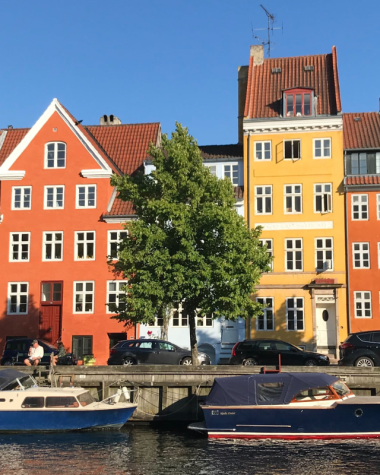
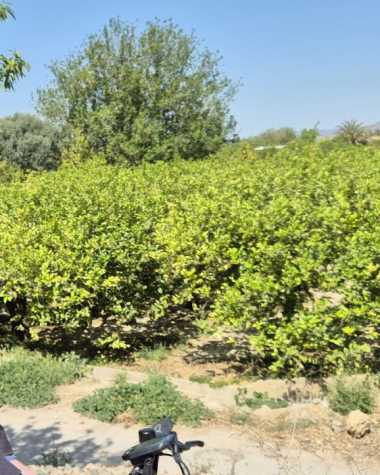
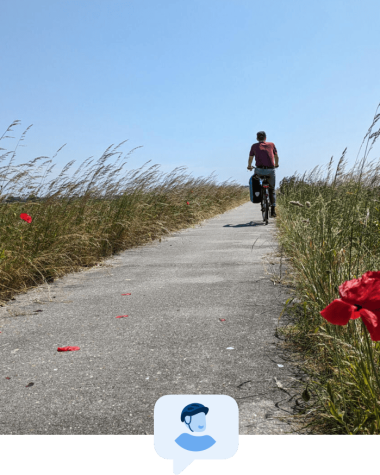
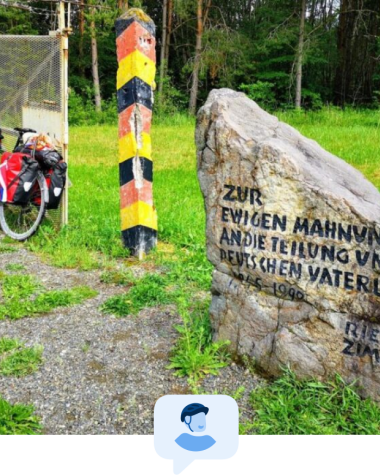
4 comments
Thanks for the story. This is something I would be interested in. I also did Munich to Venice a few years back.
I notice your comment that you caught the train back. May I ask whether this was a difficult process, particularly in transporting the bikes? Were you able to just roll the bikes on or did they have to be boxed? Was it difficult booking the bikes onto the train?
Thanks in advance.
David
Hi David!
We took 4 regional trains (Rovereto – Brenner – Innsbruck – Kufstein – Munich) and booked the tickets spontaneously (incl. the extra bike tickets). They have multiple areas where you can just park your bike inside. Not sure about high season, but in October we had no problem finding some space. It’s quite flexible as you don’t need to catch a particular train and there are multiple connections per day.
The intercity trains (Railjet) were either fully booked or ridiculously expensive, even weeks before in our case. And other than last time back from Venice, the new trains there don’t have the dedicated bike coach anymore afaik.
Did you prebook sleeping arrangements?
We always booked the next accommodation the evening before, so that we can react flexibly in case something happens and we need to change plans along the way. It’s a bit of a risk in rural areas where everything can be booked out already, but we always found something within 10km from the stop we planned. You can now see accommodation pins in Bikemap along the route, so you can select one there and easily adapt the planned tour 🙂